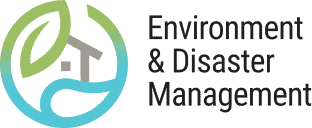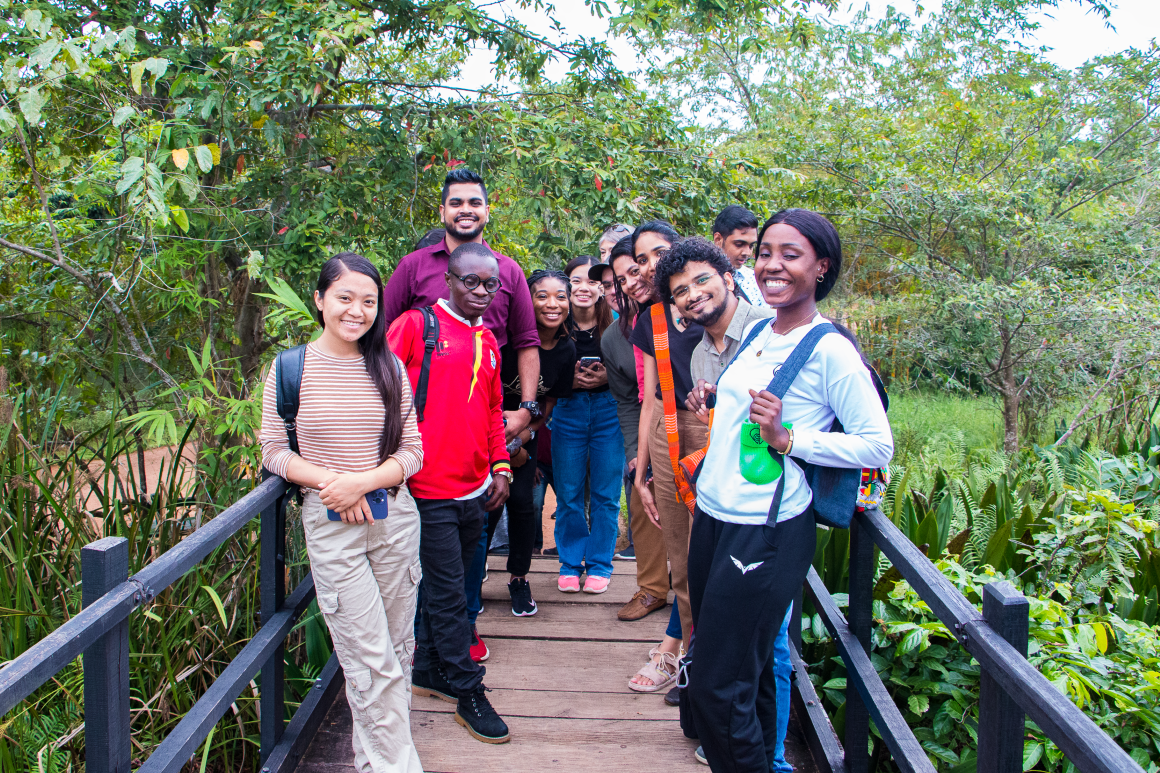Published on:
1 March 2017
Share this:
The Bicol River Basin (BRB), located in the southern portion of Luzon Island, Philippines, receives at least 2,000 mm of rainfall per year, primarily during typhoon season, and experiences regular flooding. In 2008, Christian Aid launched a pilot project, Reduction of Flood Risk in the Bicol River Basin II (BRB2), as a part of their Building Disaster Resilient Communities (BDRC) Initiative supported by the UK Department for International Development.
The objectives of the project were to
- constrain the rainfall-flood height relationship for various BRB rivers based on historical data
- set up a network of home-based stations (HBS) with manual rain gauges (MRG) within the BRB
- set up a flood watch center in a partner university in the region
- collect rain and flood information from the HBS volunteers on a daily basis
- aid communities in incorporating the HBS network into their early flood warning system [1]
The Pawili Northern Bicol River Watershed in Camarines Sur province was given primary consideration in determining the location of the HBS rain gauges. The region is a sub-basin of the BRB, and seasonal rainfall runoff from the watershed carries grave risks for communities downstream. Localized rainfall monitoring is essential in predicting the resulting runoff flooding that occurs because rainfall amounts vary regionally. Twenty HBS were set up in different municipalities and barangays to generate sufficient rainfall data. A pool of volunteer households monitored rainfall by recording and reporting the amounts during rain events. Sites were intentionally located in pairs to attain redundancy of data and verify its accuracy. The Guide for Recording Rainfall was drafted in Filipino for the HBS volunteers, who were asked to record and report rainfall amounts twice daily. During heavy rains, more frequent recordings were done when possible. Each reading was recorded in the volunteers notebook and texted to a designated number fixed format. Whenever possible, the volunteers were also encouraged to record (a) the time a rain event started (and ended); (b) a measure of rainfall rate by determining the amount of rain within one hour (in mm rain/hour); and, (c) other observations they might have during their monitoring.[2] Any questions and concerns the volunteers had regarding the management of the HBS and MRGs were relayed to the project team during the monitoring visits and/or workshop consultations.
Community Education and Capacity Building
The project aimed to achieve effective community participation through the HBS system in order to enable local communities to build their own resilience by including rain monitoring to inform decisions. Widespread formal and informal education and training sessions were piloted to establish the network of HBS and to train volunteers. Another activity facilitated the exchange and sharing of perspectives, capabilities and indigenous practices on DRR among community members, scientists and development workers.
Benefits to Volunteers and Community
The BRB2 project showcases the need to consider communities (its people, institutions, organizations and other formations) as partners in building disaster resilience instead of being mere beneficiaries of initiatives. By word of mouth, locals were informed of the project and acknowledged the need to install early warning system (EWS) devices, such as the MRG. Some volunteers found involvement in the project empowering; their participation made them feel more valued as an individual and as a member of the community.
________________________________
[1] Carlos Primo C. David et al., Community and DRR Technology Interface: The Reduction of Flood Risk in the Bicol River Basin II Project, Building Disaster Resilient Communities: Stories and Lessons from the Philippines, 36. Last accessed May 5, 2016.
[2] Ibid., 47-48.
This case is adapted from the following source:
Carlos Primo C. David et al., Community and DRR Technology Interface: The Reduction of Flood Risk in the Bicol River Basin II Project, Building Disaster Resilient Communities: Stories and Lessons from the Philippines, accessed May 5, 2016.



